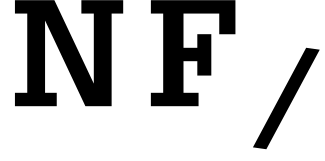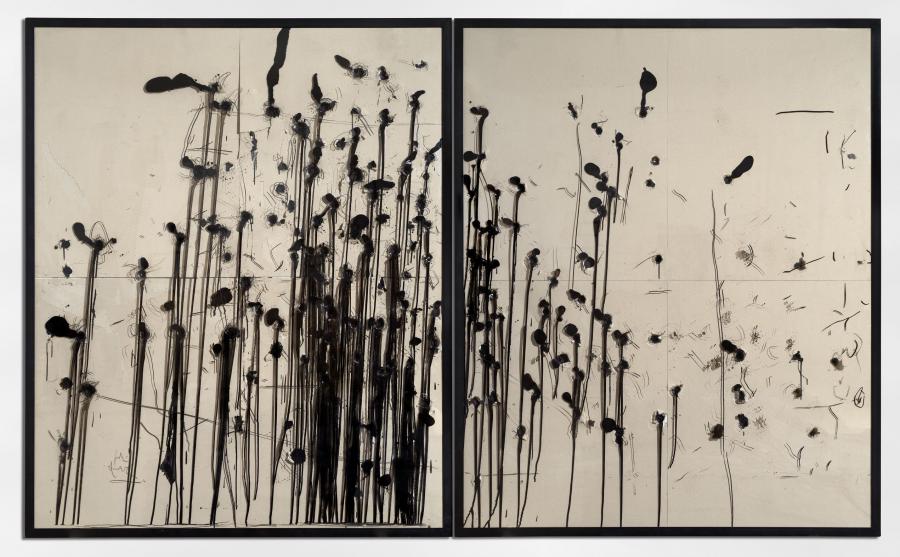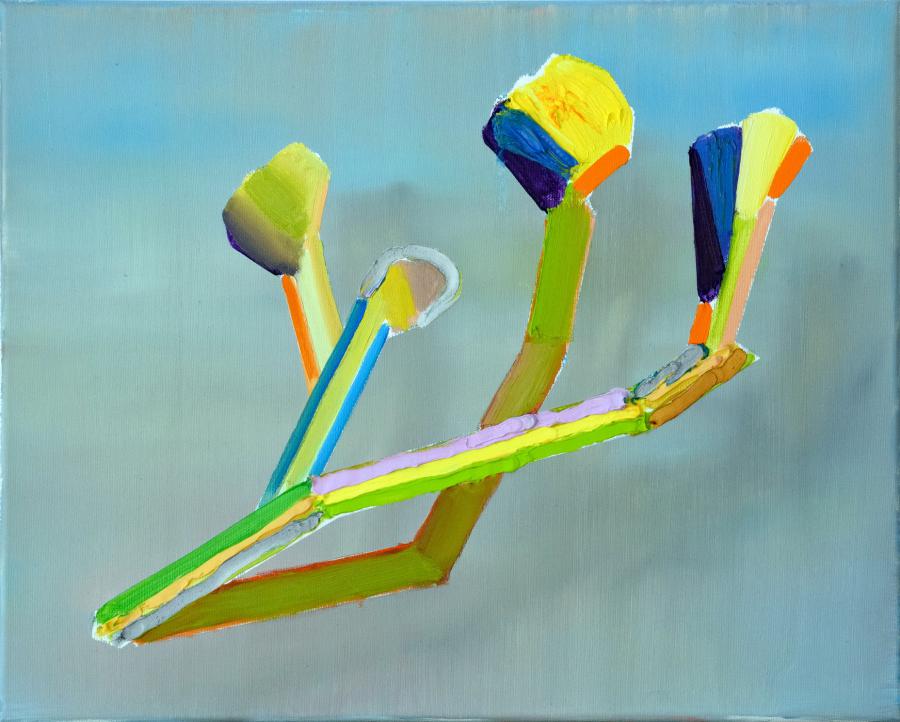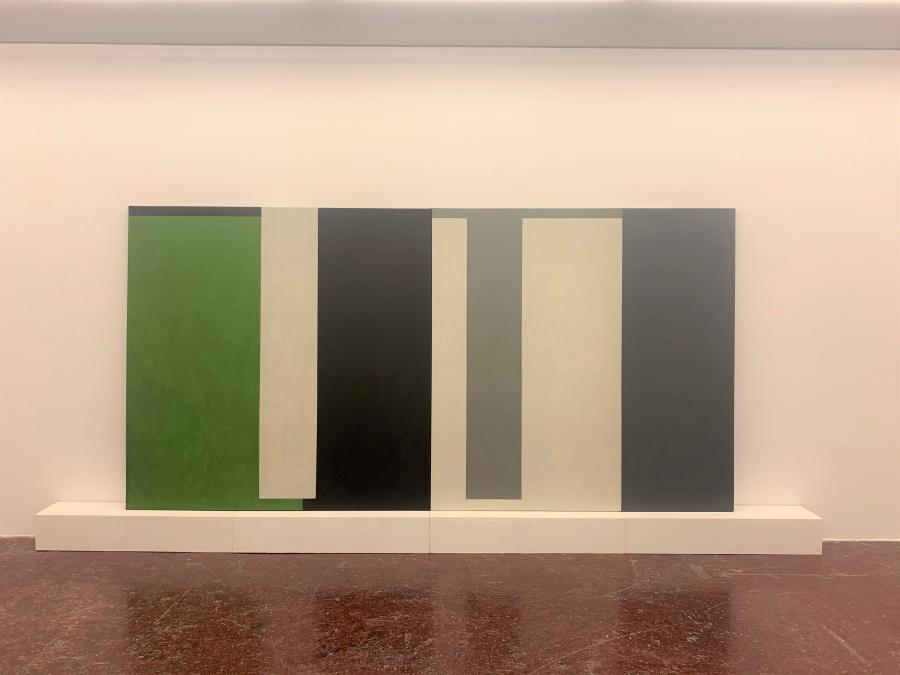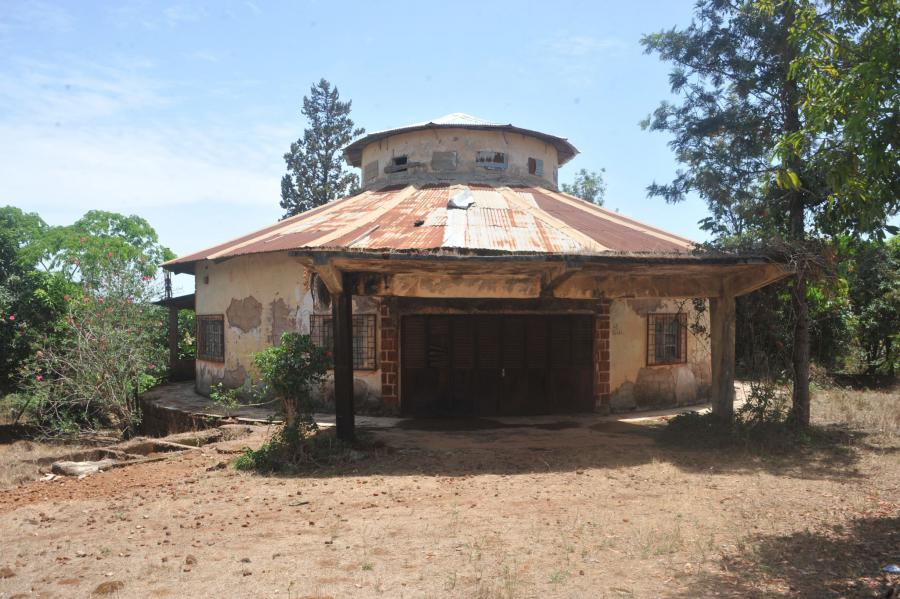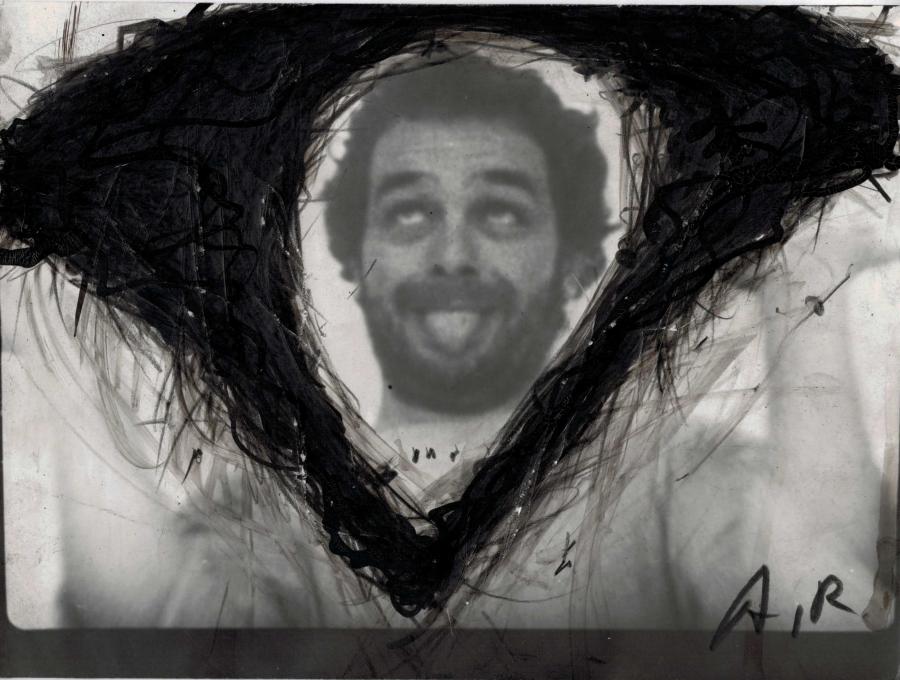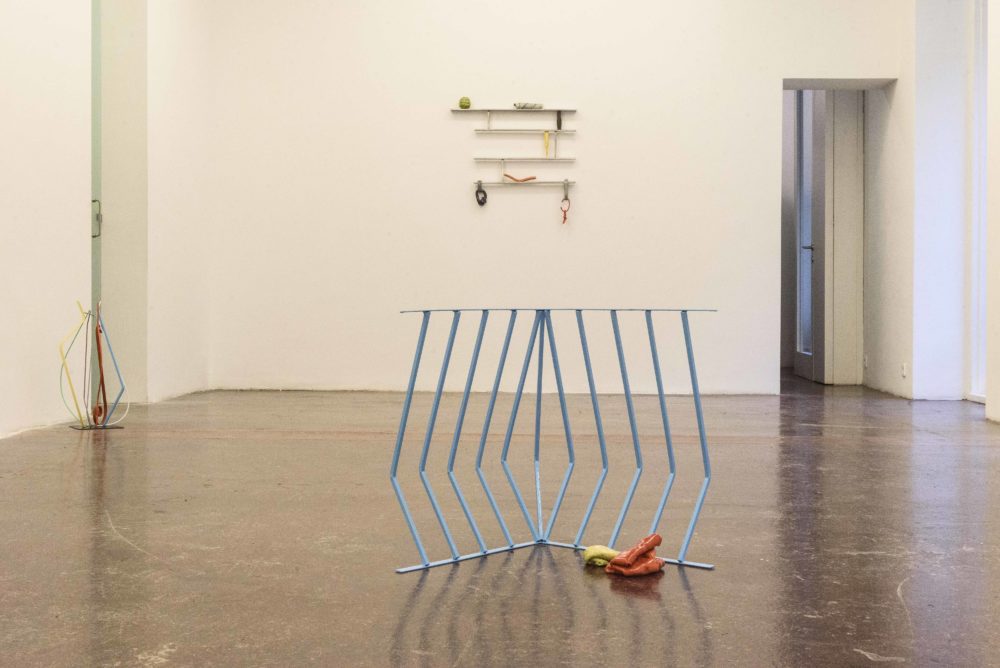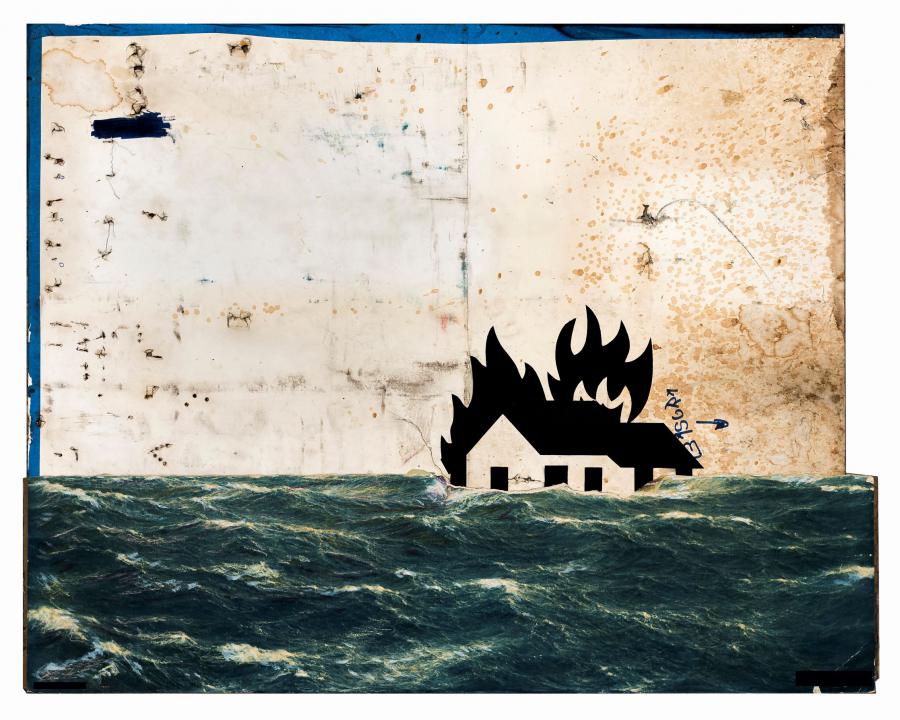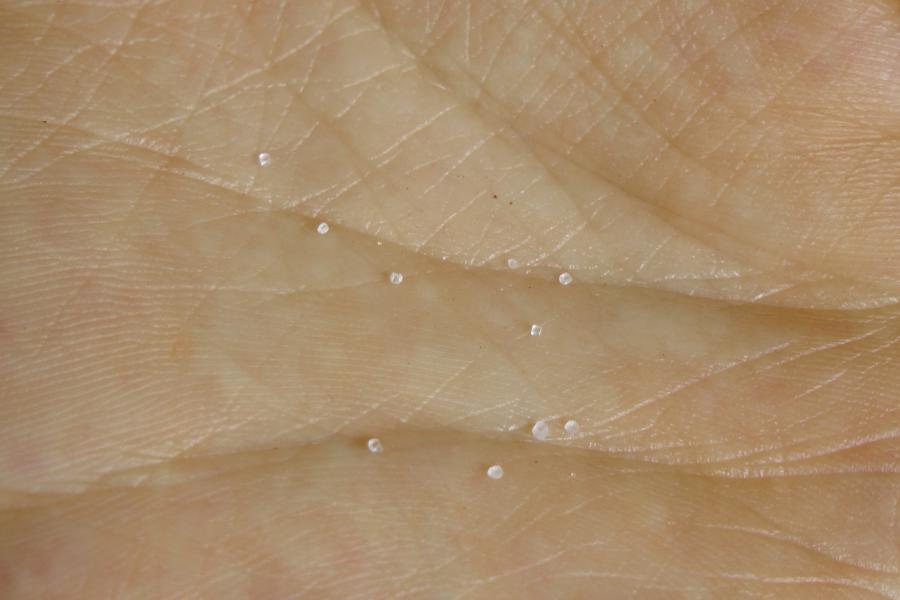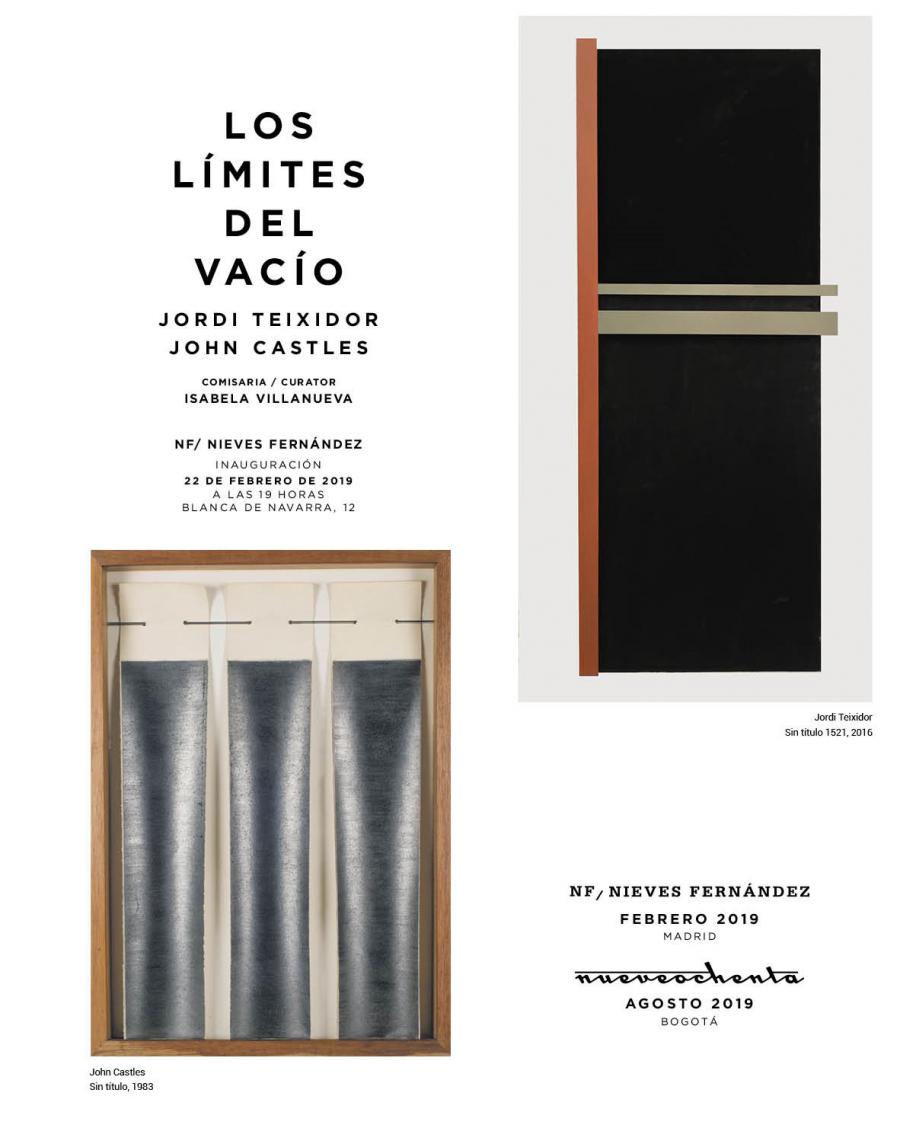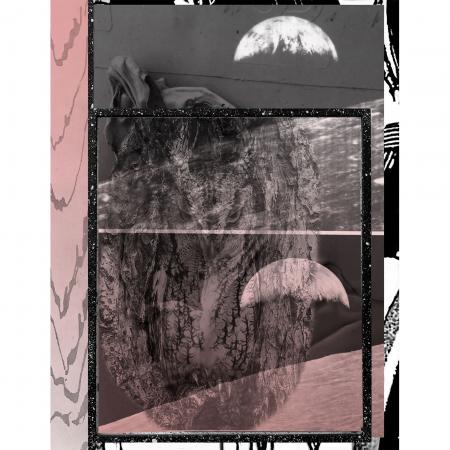
INTERLUDIO 2: NUNCA NADA PARECIDO. ÁNGELA CUADRA AND LAURA F. GIBELLINI
Faced with the challenge of revealing the invisible, the artists Laura F. Gibellini and Ángela Cuadra delve into the mechanisms through which what is hidden, vanished or intangible is built, generating representation strategies for it. In this sense, Nunca nada parecido gathers recent works by both artists that deal with a subject that, although intelligible, is imperceptible.
Works that portray into visual what cannot be seen by an innocent gaze. What we know is there, we feel its presence, but whose effort of visual representation poses a broad cognitive challenge. And this, without a doubt, occupies a fundamental place even in the smallest daily dynamics of the present times. There is something there, however ethereal, hidden, impalpable, we know that there it is.
Laura F. Gibellini‘s project for the exhibition intends to make visible the existence of an air that until recently we took for granted and that nevertheless today has become an element that we have to verify at every step. The artist’s works resort to the meteorological or atmospheric conditions of certain places to investigate those elements that are in the limits of the visible and, therefore, in the limits of what can be thought.
Stemming from an expanded drawing, the artist overcomes the two-dimensional dogmas of traditional drawing towards the realization of immersive spatial projects. The visibility of the air is formalized in her works from the drawing of light, the perception of the influence of astronomical phenomena, or else, from the poetic and metaphorical exercise that links breathing made difficult by the high altitude of the Jungfrau in the Alps with the glass blown by the expiration and inspiration of the furnace master of the Royal Glass Factory of La Granja with whom she has collaborated for this project.
Ángela Cuadra, on the other hand, investigates images that deal with concealment techniques used throughout recent history, in an extensive phenomenological study of invisibility. By examining the tensions between the natural and the artificial, the public and the private, the whole and the parts, the essential and the superfluous, the artist uses a material with pre-existing historical and semantic charges to reconvert and resignify it. Based on collage and approached from the intuition, her works induce compositions in which the found material is barely elaborated with prominence to the forms themselves through their juxtaposition with other materials.
The special focus on the dialogue between fragments, on the emotion that arises when finding chords of color, shape or texture, resembles the perception of her work to that of a musical composition. To make language without literature, to make music without melody, to make paintings without paint. To build from the base of what is given, of what is in the margins.
Nada nunca parecido is the second edition of Interludios, a set of short-term exhibitions at NF/ NIEVES FERNÁNDEZ, whose proposal is to create a visibility space for projects designed by artists, whether or not represented by the gallery, and which until then have not have been possible.
Laura F. Gibellini’s project has been carried out thanks to the aid for the creation of visual arts from the Community of Madrid in the year 2020.
